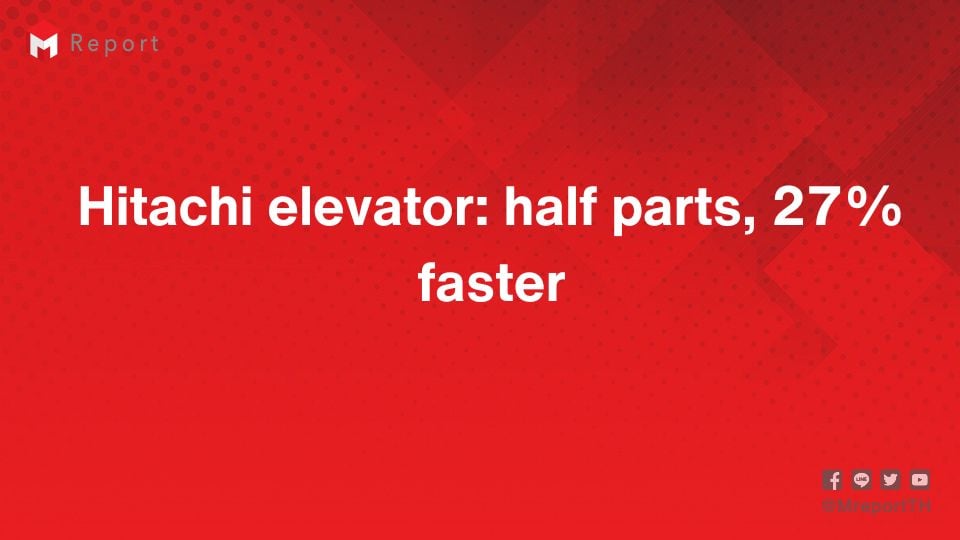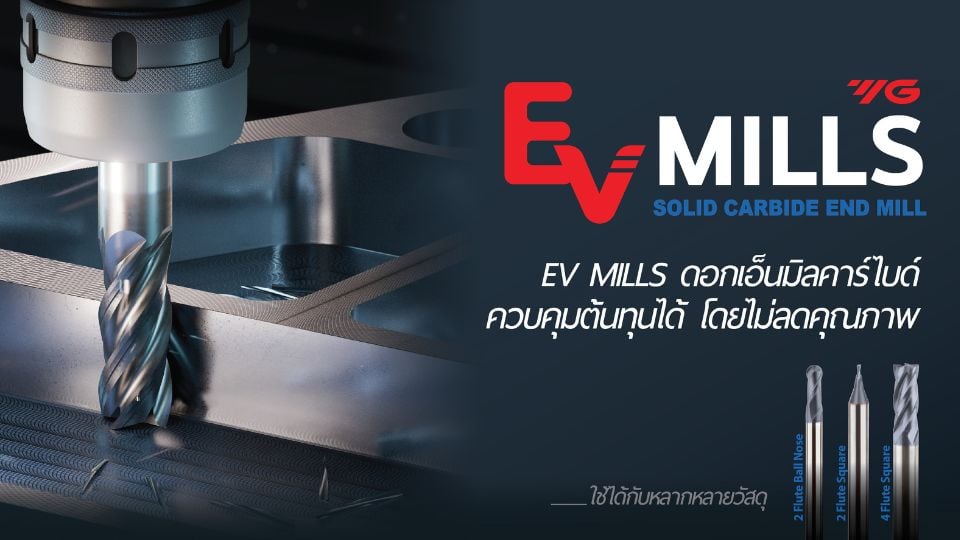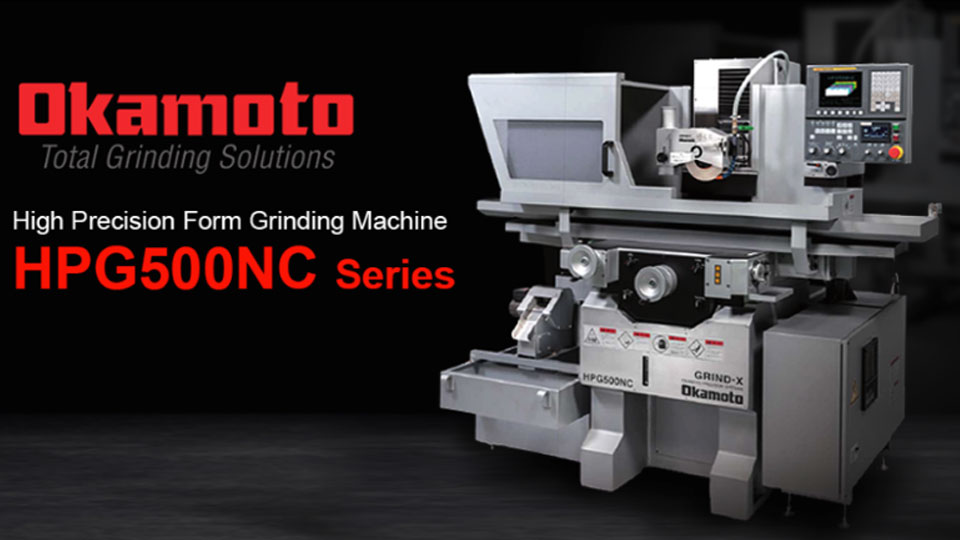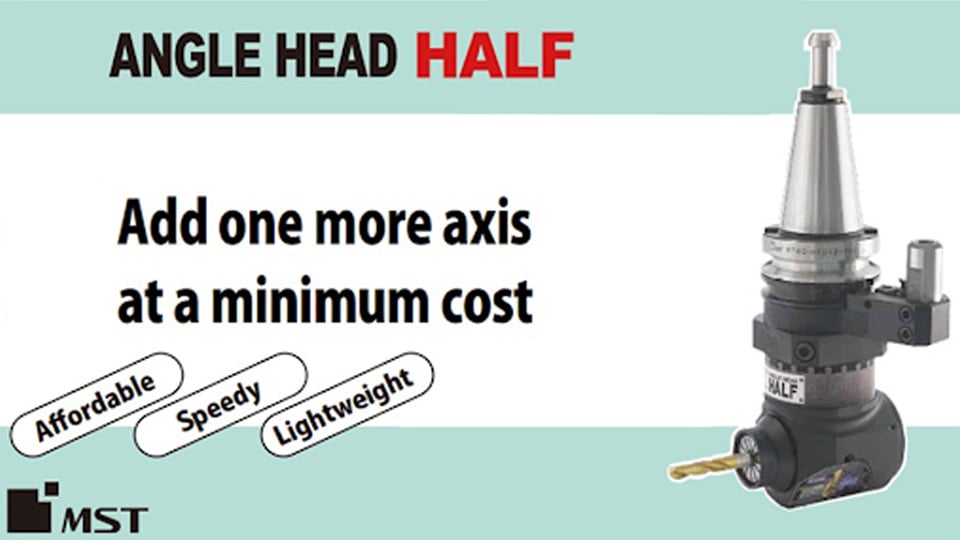
Hitachi Cuts Elevator Parts by Half, Uses Electronics to Reduce Construction Time by 27%
Hitachi Building Systems, a wholly owned subsidiary of Hitachi, Ltd. (Chiyoda Ward, Tokyo), is set to revolutionize elevator manufacturing with a new model that reduces the number of parts by 50% compared to its previous models. The new “Urban Ace” elevator, scheduled for launch in 2026, will replace many mechanical components with electronic parts, significantly improving installation efficiency and paving the way for advanced digital services.
| Advertisement | |
Fewer Parts, Faster Installation
By halving the number of parts, Hitachi aims to shorten installation time by 27%, contributing to labor savings amid Japan’s ongoing workforce shortage. For example, functions previously managed by mechanical parts, such as adjusting the stopping position of the elevator car at each floor and checking door alignment, will now rely on electronic sensors.
This streamlined design not only accelerates construction but also increases the amount of data that can be collected through internet-connected components. Enhanced digital capabilities will allow for advanced maintenance, remote monitoring, and other services that support building management efficiency.
Global Trend Toward Standardization
Overseas elevator manufacturers have long led efforts to reduce component complexity through standardization. Hitachi’s initiative represents a pioneering step for Japanese elevator makers, showing that domestic companies can compete in efficiency and digital innovation. Industry experts expect similar “halving” efforts to expand among other Japanese manufacturers in the near future.
Urban Ace: Core Model for Japan and Beyond
The new elevator will serve as Hitachi Building Systems’ standard model, the “Urban Ace,” which accounts for approximately 80% of its sales. Initially, the product will be introduced for new construction projects in Japan, followed by a gradual rollout to overseas markets.
The reduction in parts, combined with advanced construction techniques, is designed to improve both installation efficiency and data sensing capabilities. By integrating electronics in place of mechanical components, Hitachi is positioning the Urban Ace as a next-generation elevator suitable for smart building environments.
Responding to Labor Shortages and Market Demand
Japan’s elevator industry faces persistent labor shortages, creating challenges for meeting demand. According to the Japan Elevator Association, new elevator installations in Japan are expected to remain above 20,000 units per year, supported by urban redevelopment projects. In addition, demand for modernizing existing buildings continues to rise.
Other Japanese manufacturers are also innovating to address labor constraints. Mitsubishi Electric Building Solutions has adopted temporary elevator use to shorten construction timelines, Fujitec uses modular pre-assembled hall equipment to reduce installation time by 10%, and Toshiba Elevator streamlines pre-surveys for renovations. Hitachi’s initiative complements these efforts, offering a significant leap in efficiency through both design and digital innovation.
Toward a Digitally Enhanced Elevator Future
By replacing mechanical parts with electronic sensors and digitizing components, Hitachi is enabling a new era of elevator services. The Urban Ace elevator will allow building operators to monitor performance in real time, perform predictive maintenance, and reduce overall operational costs.
In the context of Japan’s aging workforce and the 2024 labor restrictions on overtime, the ability to shorten installation time while expanding digital services represents a critical competitive advantage for Hitachi. The company’s approach demonstrates a balance of engineering innovation, labor efficiency, and smart building integration.
With the Urban Ace model, Hitachi Building Systems is not only addressing immediate installation challenges but also laying the foundation for a more connected, efficient, and sustainable elevator industry both in Japan and globally.
Source: Nikkan Kogyo Shimbun







